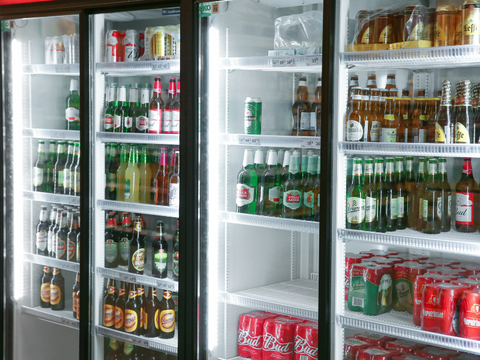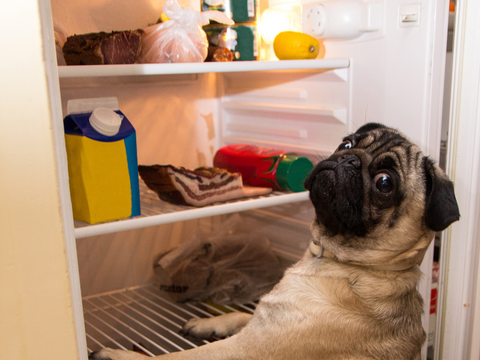Hello and welcome to our blog. Today, we’re taking a deep dive into the world of refrigerants—the invisible but essential components of our commercial refrigerators and freezers. Understanding how refrigerants work not only gives you a deeper understanding of your equipment, it can also help you make informed decisions when selecting and maintaining commercial refrigeration equipment.
What is a Refrigerant?
A refrigerant is a substance that absorbs heat at low temperatures and releases it at higher temperatures. In most cases, refrigerants are fluids that can easily transition between liquid and gaseous states within the refrigeration cycle.
Type of refrigerant

Historically, refrigerants have evolved as our understanding of their health and environmental impacts has increased. The earliest refrigerants contained harmful substances such as ammonia, sulfur dioxide or propane. However, modern refrigerants are safer and more environmentally friendly.
Hydrofluorocarbons (HFCs) are currently the most commonly used refrigerants in commercial refrigeration. They are non-toxic, non-flammable and have a much smaller impact on the ozone layer. Some popular HFC refrigerants include R-134a, R-404A, and R-410A.
HCFCs (Hydrochlorofluorocarbons)
HCFCs were introduced as a transitional replacement for CFCs. They are less harmful to the ozone layer but still contribute to global warming. HCFC-22 (R-22) is a well-known HCFC, commonly used in older air conditioning systems.
HFCs (Hydrofluorocarbons)
HFCs, such as R-134a, do not deplete the ozone layer but have high global warming potential (GWP). They are widely used in automotive air conditioning and domestic refrigerators.
HFOs (Hydrofluoroolefins)
HFOs are the newest class of refrigerants with a much lower GWP. An example is R-1234yf, which is increasingly used in car air conditioning systems to replace R-134a.
Natural Refrigerants
Natural refrigerants like ammonia (NH3), carbon dioxide (CO2), and hydrocarbons (HCs) like propane (C3H8) and isobutane (C4H10) are gaining popularity due to their low environmental impact and excellent thermodynamic properties.
How does refrigerant work?

The refrigeration process begins when the refrigerant absorbs heat from inside the refrigerator or freezer and changes from a low-pressure gas to a high-pressure liquid. This high-pressure liquid then flows through a condenser, releasing the heat it had previously absorbed and cooling it down.
After that, the refrigerant passes through the expansion valve and changes back to a low-pressure gas. This pressure change causes the refrigerant to cool significantly. It then returns to the interior of the refrigerator or freezer to absorb more heat, and the cycle begins again.
Our commercial refrigerators and freezers
Our commercial refrigerators and freezers use the latest refrigerant technology to provide your business with efficient cooling solutions. Our refrigerants R290a,
R600a are not only effective at maintaining proper temperatures, they are also safe and environmentally responsible.
Whether you operate a restaurant, grocery store or food processing plant, our commercial refrigerators and freezers can meet your needs. The refrigerants we use ensure your products stay at optimal temperatures, reducing spoilage and waste, and saving you money in the long run.
In Conclusion
Refrigerants are the heart of any cooling system, and understanding them is key to making the right choice for your commercial refrigeration needs. At our company, we are committed to providing you with the highest quality commercial refrigerators and freezers, using the best, most responsible refrigerants. If you have any questions or need more information, please feel free to contact us. We're here to help!
Stay tuned to our blog for more insights into the world of commercial refrigeration. Until next time, stay calm!
























